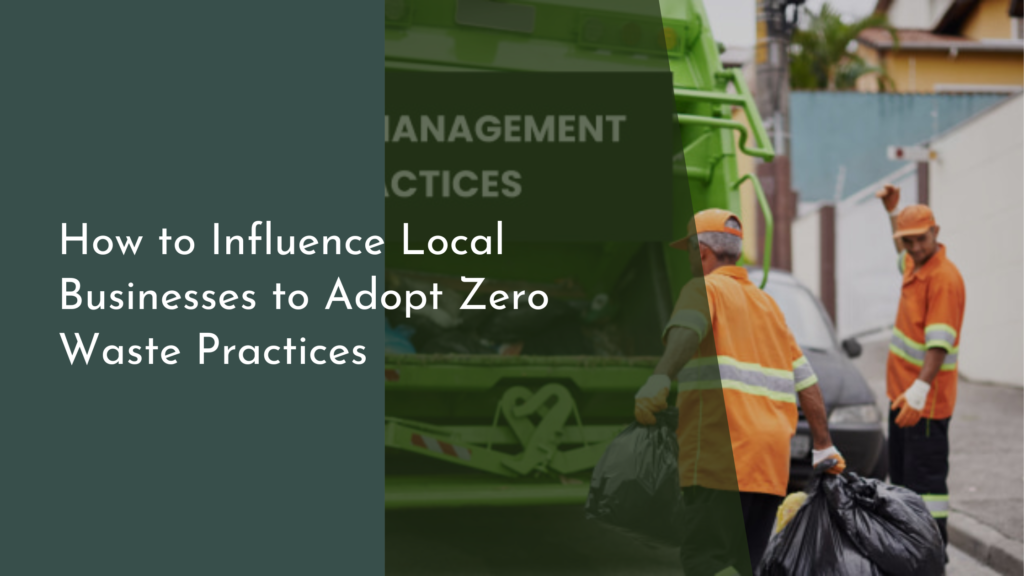The Connection Between Environmental Activism and Education
The world is witnessing an unprecedented surge in environmental activism, driven by a growing awareness of the urgent need to protect our planet. This movement is not an isolated phenomenon but is deeply intertwined with the sphere of education. Understanding the relationship between environmental activism and education reveals how learning experiences can cultivate a generation of environmentally conscious citizens. In this article, we explore the roots of environmental activism, how education serves as its fuel, the critical role of bridging theoretical knowledge with practical action, and reflect on the symbiotic relationship between learning and activism.
Understanding Environmental Activism’s Roots
Environmental activism has deep roots that stretch back to the late 19th and early 20th centuries when industrialization began to take a toll on natural landscapes. Early conservation efforts were spearheaded by individuals who recognized the need to preserve the environment for future generations. These movements gradually evolved to address the broader implications of human activity on ecosystems, climate change, and global biodiversity. Pioneers in this field, such as John Muir and Rachel Carson, laid the groundwork for contemporary environmental advocacy by drawing attention to the detrimental effects of human actions on the natural world.
The modern environmental activism movement has expanded its focus to include issues like climate justice, sustainable development, and the rights of indigenous communities. Activists today employ a variety of strategies, from organizing grassroots campaigns to leveraging social media platforms to raise awareness and mobilize support. This dynamic and multifaceted approach to activism is indicative of a broader societal shift towards recognizing the interdependence between human well-being and environmental health. By understanding its roots, we can appreciate how far the movement has come and the diverse approaches it encompasses.
How Education Fuels the Activism Movement
Education plays a pivotal role in the environmental activism movement by equipping individuals with the knowledge and skills necessary to advocate for change. Educational institutions, from primary schools to universities, serve as breeding grounds for environmental awareness by incorporating environmental science and sustainability into their curricula. This integration ensures that students gain a thorough understanding of environmental issues, empowering them to become informed citizens who are capable of making impactful decisions regarding environmental stewardship.
Moreover, education often serves as the catalyst that transforms passive observers into active participants in the environmental movement. When students are exposed to information about the detrimental effects of pollution, climate change, and habitat destruction, they are more likely to develop a personal investment in these issues. Educational programs that emphasize critical thinking and problem-solving also encourage students to explore innovative solutions to environmental challenges. By fostering a sense of agency and responsibility, education inspires individuals to take on active roles in advocating for a sustainable future.
Bridging Classroom Learning with Field Action
The transition from classroom learning to field action is a critical step in translating environmental education into tangible activism. Educational institutions are increasingly adopting experiential learning models that immerse students in real-world environmental projects. These hands-on experiences allow students to apply theoretical concepts to practical scenarios, deepening their understanding and fostering a sense of connection to the environment they seek to protect. Field trips, community clean-up events, and collaborative projects with environmental organizations are just a few examples of how experiential learning can bridge the gap between education and activism.
Furthermore, partnerships between schools and community organizations can amplify the impact of environmental education by involving students in ongoing local initiatives. Such collaborations provide students with opportunities to engage with seasoned activists and professionals, gaining insights into the challenges and successes of environmental campaigns. By working alongside experienced advocates, students can develop the skills and confidence necessary to initiate their own projects and contribute meaningfully to environmental causes. This synergy between classroom learning and field action is crucial for nurturing a proactive and informed generation of environmental leaders.
Concluding Reflections on Learning and Activism
The relationship between education and environmental activism is a testament to the power of knowledge as a catalyst for change. As we continue to face pressing environmental challenges, the role of education in equipping individuals with the tools and motivation to advocate for sustainability becomes increasingly vital. By fostering an educational environment that prioritizes environmental literacy and experiential learning, we can cultivate a society that values and works towards the preservation of our planet.
It is through the seamless integration of learning and activism that we can inspire collective action and drive meaningful change. As educators and activists collaborate to create educational frameworks that emphasize environmental consciousness, we pave the way for future generations to inherit a world that prioritizes the health of the planet and all its inhabitants. The journey of discovering and acting upon environmental truths is an enriching and empowering experience, one that promises a brighter and more sustainable future for all.
In conclusion, the connection between environmental activism and education is a powerful one, characterized by mutual reinforcement and shared goals. As education continues to inspire activism, and activism informs educational practices, we are reminded of the collective responsibility we hold in safeguarding our planet. By nurturing a culture of environmental awareness and action, we can ensure that future generations continue to build upon the foundations laid by today’s activists and educators. Together, we can shape a sustainable future that honors both the natural world and the people who inhabit it.

